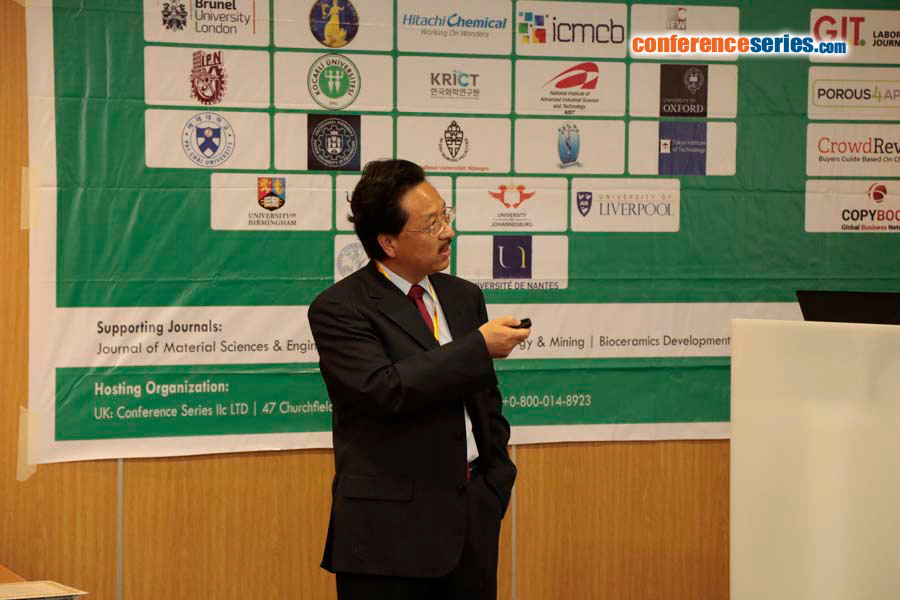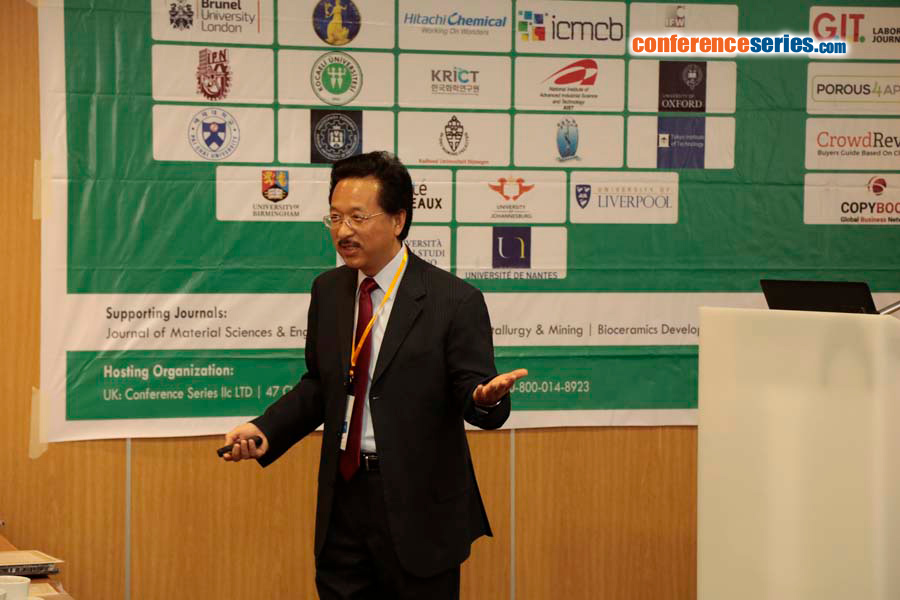
Jin An Wang
Instituto Politecnico Nacional, Mexico
Title: Correlation of oxygen defects with surface Lewis acidity and catalytic properties of hybrid MoO3/SBA-15 catalysts
Biography
Biography: Jin An Wang
Abstract
There are many structural defects or lattice vacancies in the surface of solid materials. From the surface sciences and catalysis points of view, these cationic or anionic defects are active centers for reactant adsorption and surface reactions. Investigation on structural defects and their correlation with reaction activity may provide new insight into the understanding of catalytic behaviors. In this work, a set of MoO3/SBA-15 mesoporous hybrid catalysts were characterized with a variety of spectroscopic techniques and their crystalline structures were refined with Rietveld method. Oxygen defect concentration, crystallite size, phase composition, surface acidity, mesoporous regularity and textural properties were reported. Both α‒MoO3 and β‒MoO3 phases coexisted but α‒MoO3 was predominated. Oxygen defects were created in the orthorhombic structure and its concentration decreased as MoO3 content increased. All the MoO3/SBA-15 catalysts chiefly contained a big number of Lewis acid sites originating from oxygen defects in MoO3 crystals. In the absence of formic acid, the oxidation of 4,6-dibenzothiophene in a model diesel was almost proportional to the number of Lewis acid sites of the catalysts. In the presence of formic acid, 4,6-dimethyldibenzothiophene (4,6‒DMDBT) oxidation was significantly affected by the formation of surface peroxometallic complex and Lewis acidity. Formic acid addition could improve the oxidative desulfurization (ODS) efficiency by promoting peroxometallic complex formation and enhancing oxidant stability. Under the optimal reaction condition using the best 15 and 20 wt% MoO3/SBA-15 catalysts, more than 99% 4,6‒DMDBT could be removed at 70°C within 30 min. This work confirmed that 4,6‒DMDBT oxidation is a texture and particle size sensitive and Lewis acidity dependent reaction. This work also shows that crystalline structure refinement combination with experiments can gain new insights in the design of heterogeneous nanocatalysts and help to better understand the catalytic behavior in the oxidative desulfurization reactions.
A Rietveld refinement plot for the 20 wt% MoO3/SBA-15 catalyst






